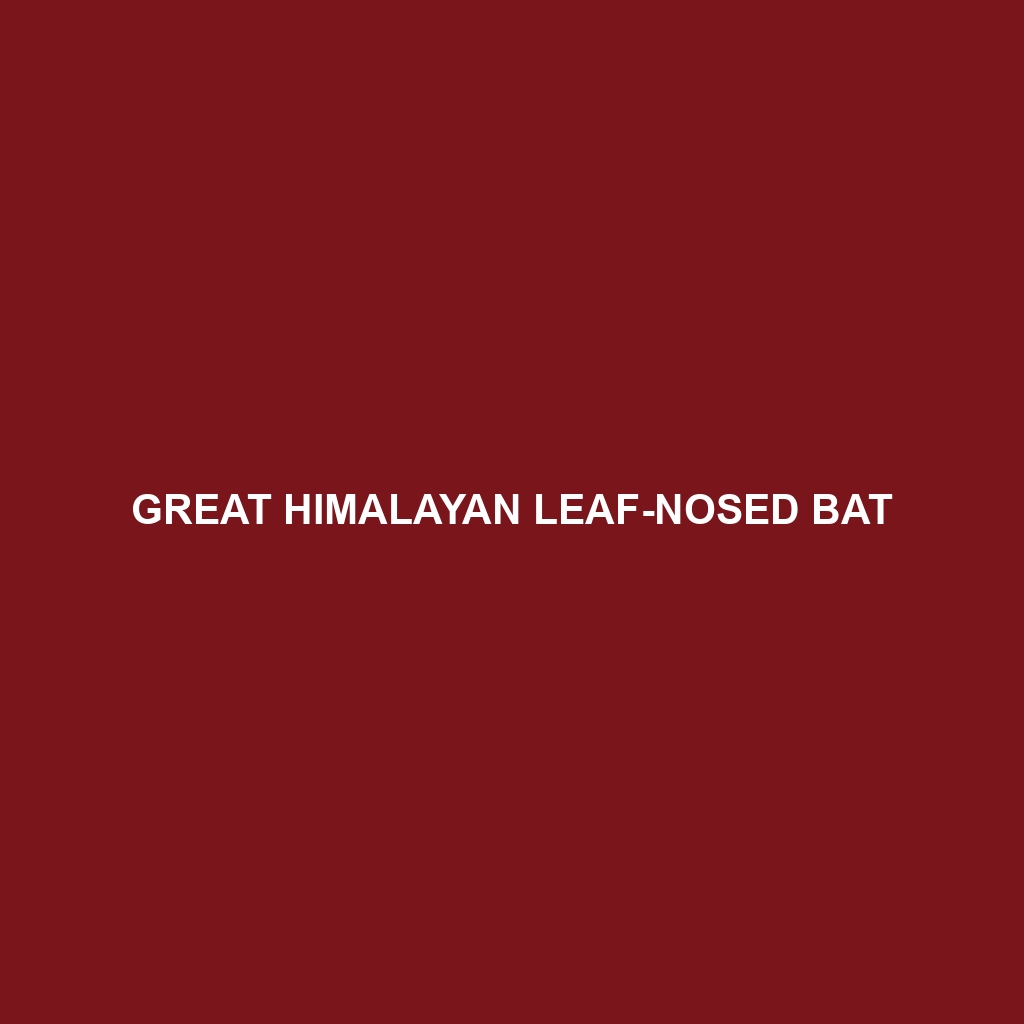Discover the fascinating Red Panda (Ailurus fulgens), an adorable, endangered mammal native to the temperate forests of the Himalayas and southwestern China. This unique species primarily feeds on bamboo and plays a vital role in its ecosystem by regulating bamboo growth and promoting plant diversity.
Tag: Himalayan wildlife
Ovophis monticola
Ovophis monticola, known as the mountain pit viper, is a strikingly colored snake found in the montane forests of Southeast Asia, characterized by its robust body, potent venom, and exceptional climbing abilities. This nocturnal predator plays a vital role in its ecosystem, regulating small mammal and bird populations while thriving in cool, humid habitats.
mainCommonName
Discover the fascinating Red Panda (Ailurus fulgens), an adorable, endangered mammal native to the temperate forests of the Himalayas and southwestern China. This unique species primarily feeds on bamboo and plays a vital role in its ecosystem by regulating bamboo growth and promoting plant diversity.
Gloydius himalayanus
Supply the Himalayan pit viper, Gloydius himalayanus, which thrives in the alpine regions of the Himalayas. Known for its stout body, distinctive coloration, and crepuscular behavior, it predominantly preys on small mammals and birds while playing a crucial role in its ecosystem's balance.
Kashmir Musk-deer
Discover the elusive Forest Musk-deer, a small ungulate native to the mountainous forests of Asia, including the Himalayas and parts of China. With their distinctive dark brown coat and unique mating behaviors, these endangered creatures play a vital role in their ecosystem while facing threats from habitat loss and poaching. Learn more about their fascinating behaviors, diet, and conservation efforts in our latest blog post.
Western Red Panda
Discover the captivating world of the Western Red Panda (Ailurus fulgens), a charming yet endangered species native to the temperate forests of the eastern Himalayas and southwestern China. With their striking reddish-brown fur, distinctive black markings, and solitary arboreal lifestyle, these adorable mammals play a vital role in their ecosystem by promoting bamboo growth. Learn about their unique adaptations, playful behavior, and ongoing conservation efforts in this insightful blog post.
Himalayan Broad-muzzled Bat
Discover the fascinating world of the Himalayan Broad-muzzled Bat, a unique species thriving in the high-altitude habitats of the Himalayas. Known for its robust physique and impressive flying abilities, this nocturnal creature plays a vital role in controlling insect populations and maintaining ecosystem balance. With its vulnerable status due to habitat loss and climate change, learn more about the adaptations, behaviors, and conservation efforts crucial for its survival.
Kashmir Cave Myotis
Discover the fascinating world of the Kashmir Cave Myotis (Myotis emarginatus), a vulnerable bat species native to the Himalayas. Adapted to dark, rocky habitats, these nocturnal creatures play a crucial role in maintaining ecosystem balance through their pest control abilities and unique social behaviors. Learn about their distinct physical traits, diet, and the conservation efforts needed to protect their dwindling populations.
Great Himalayan Leaf-nosed Bat
Discover the fascinating world of the Great Himalayan Leaf-nosed Bat, a unique species thriving in the mountainous regions of Central and South Asia. With its distinctive leaf-like nose and nocturnal foraging habits, this bat plays a crucial role in maintaining ecological balance by controlling insect populations. However, facing threats from habitat loss and climate change, conservation efforts are vital to ensure its survival.
Medog Mole
Discover the intriguing world of the Medog Mole, a unique mammal native to the temperate forests of southeastern Tibet. With its robust body, specialized digging limbs, and nocturnal habits, this vulnerable species plays a crucial role in soil aeration and ecosystem health. Learn about their fascinating behaviors, diet, and conservation status, making them a keystone species worth protecting.









